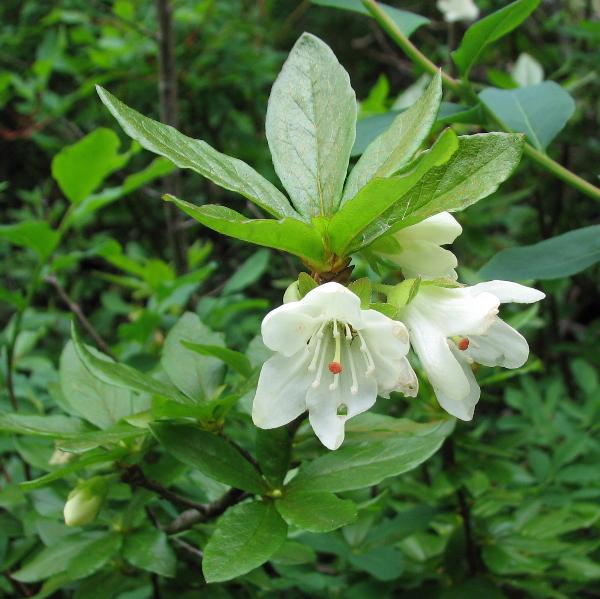
News/Reports
Chunamon Creek Ecological Reserve Overview: Physical and Biological
ORIGINAL PURPOSE
To establish a research area containing Sub-Boreal Spruce and Engelmann Spruce–Subalpine Fir ecosystems.
Physical:
From its western boundary along the summit of the Butler Range at the 1500 m elevation, the reserve slopes moderately to the northeast for nearly three kilometres, to its base at the 875 m level. Average slope is 10-15º. Shallow valleys have been incised by two small streams whose entire headwaters are within the reserve. The entire reserve is soil-covered.
See the complete PDF : chunamon
Biological:
This gently sloping site is entirely clothed with relatively mature, dense stands of conifer forest. Despite an elevational range of only 625 m, a complete transitionfrom typical white spruce-dominated Sub-boreal Spruce forest to Subalpine fir-dominated Engelmann Spruce-Subalpine Fir forest is evident. Growing sites rangefrom good at low elevations through medium at mid-slope to poor at upper levels.On good sites the white spruce stands, about 135 years old, reach 37m in height.
Two associations have been described in the Sub-boreal Spruce Zone. These arethe white spruce-black huckleberry-bunchberry-moss type and the white spruce-Subalpine fir-oak fern-moss type.Three associations have been noted in the subalpine zone. The lowermost, in which Engelmann spruce is dominant and Subalpine fir sub-dominant, is identified by itsunderstory of oval-leaved blueberry, oak fern and mosses. Subalpine fir is the most abundant tree in forests above the 1250 m level, where Subalpine fir-lodgepole pine-black huckleberry-moss and Subalpine fir-Engelmann spruce-bunchberry-queen’s cup -moss types are present .Widely scattered trembling aspen and paper birch trees occur. White-flowered rhododendron is near the northeastern limit of its range in this reserve. The fauna has not been described but species typical of climax conifer forests, for example marten, red squirrel, red-backed vole, spruce grouse, gray jay and northern junco, should be common
The fauna has not been described but species typical of climax conifer forests, for example marten,red squirrel, red-backed vole, spruce grouse, gray jay and northern junco, should be common.
MANAGEMENT CONCERNS
THREATS
Climate Change:
The Engelmann Spruce-Subalpine Fir Zone and the Sub-Boreal Spruce Zone are projected to migrate northward and drastically decrease in area, respectively. Warmer temperature and higher rates of evapotranspiration may not support the Sub-Boreal Spruce communities, though the Engelmann Spruce-Subalpine Fir may remain in this reserve while its distribution expands northward. Anincrease in grassland and dry-adapted forest systems in interior areas are projected to result from climate change.
RESEARCH OPPORTUNITIES
This is an excellent site to study growth of northern spruce stands
and to monitor hydrology of northern forest streams.
SCIENTIFIC NAMES OF SPECIES MENTIONED IN THE CHUNAMON CREEK ER
ACCOUNT
Flora
aspen, trembling (Populus tremuloides)
birch, paper (Betula papyrifera)
blueberry, oval-leaved ( Vaccinium ovalifolium)
bunchberry (Cornus canadensis)
fern, oak (Gymnocarpium dryopteris )
fir, subalpine (Abies lasiocarpa var.lasiocarpa)
huckleberry, black (Vaccinium membranaceum)
pine, lodgepole (Pinus contorta var.latifolia)
queen’s cup (Clintonia uniflora)
rhododendron, white-flowered (Rhododendron albiflorum)
spruce, Engelmann (Picea engelmannii)
spruce, white (Picea glauca)
Fauna
Grouse, Spruce (Falcipennis canadensis)
Jay, Gray (Perisoreus canadensis)
Junco, Dark-eyed (Junco hyemalis)
Marten, American(Martes americana)
Squirrel, Red (Tamiasciurus hudsonicus)
Vole, Red-backed (Myodes spp.

